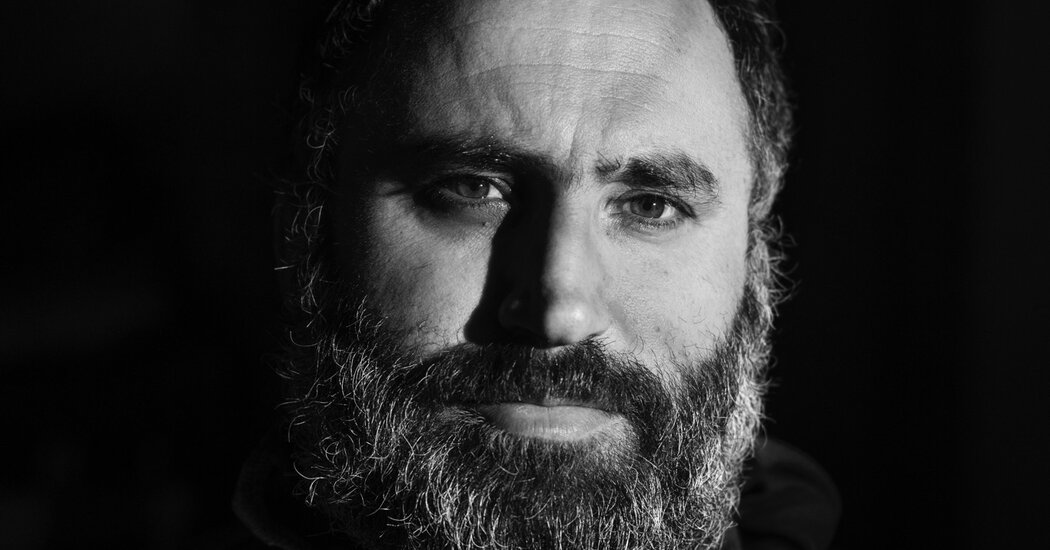On Oct. 7, as the Israeli military deployed across the country to combat Hamas, a group of soldiers waited on an ancient hill called Tel Rumeida in Hebron, a city in the West Bank. Their target was a burly Palestinian man, then 43, named Issa Amro. As Amro approached the soldiers through an olive grove, they moved in and struck him with their rifles, he later recalled. Amro put up little defense; he was handcuffed and taken to a military base. There he was tied to the back of a chair with zip ties. He was first blindfolded, then gagged. Then a beating began, Amro says. The ordeal lasted more than 10 hours.
Amro is no Hamas terrorist, however. He is a Palestinian activist — a man who for decades has urged his followers, whether in viral online videos or in speeches before leaders at the United Nations, to take the path of nonviolent resistance forged by Mohandas K. Gandhi and Martin Luther King Jr. That path, difficult in any environment, is a notably challenging one in the West Bank. Since Israel conquered the region in 1967, its military has forbidden nearly every form of protest, even things as small as gathering more than 10 people for a political conversation or simply waving the Palestinian flag.
The simplest acts of defiance can be seen as a threat: Amro once organized and videotaped an effort by a Palestinian man to pass through an Israeli checkpoint while balancing on his shoulder a large watermelon — a longtime symbol of Palestinian nationalism because its colors are those of the Palestinian flag. In the video, soldiers confiscate the watermelon and, as the camera zooms in, eye it warily as though it might explode. But Amro’s protests often offer a more direct challenge to Israeli authority. He has repeatedly filmed Israeli soldiers at close range and been beaten and grabbed by the throat when he refused to stop. When armed settlers eyed new sites in the city on which to raise the Israeli flag, Amro organized local Palestinians to “occupy” the land first, often in the dead of night. Using the same tactics, Amro helped start a kindergarten, tried to open a cinema in an abandoned factory and persuaded multiple Palestinians to move into homes after residents had fled. Amro himself lives in one such home, surrounded by some of the West Bank’s most violent settlers. “He’s trying to do to settlers what the settlers are doing to Palestinians,” Yehuda Shaul, a left-wing Israeli activist who has known Amro for nearly 20 years, told me. “He is an extremely stubborn person.”



That has worked very well for them in past 75 years.
The Gandhi approach hasn’t worked for the past 75 you mean.